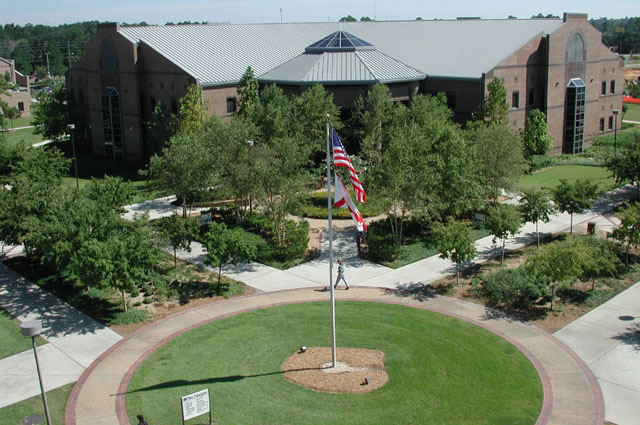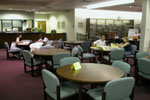Environment News Service.
 Established
in 1990, the privately owned Environment News Service (ENS) focuses on presenting "late-breaking" national and international environmental issues and
news "in a fair and balanced manner." The articles are appropriate to its name
and mission. With newspaper-style writing and presentation, these are not
technical documents, but short, informative articles from the US and around the
world.
Established
in 1990, the privately owned Environment News Service (ENS) focuses on presenting "late-breaking" national and international environmental issues and
news "in a fair and balanced manner." The articles are appropriate to its name
and mission. With newspaper-style writing and presentation, these are not
technical documents, but short, informative articles from the US and around the
world. The site is updated daily and covers a wide array of current environmental issues ranging from solar power, deforestation, and food production to environmental disasters such as flooding and typhoons. Article topics, though not unique, provide another voice on issues.
The home page is well organized. Primary articles include pictures with title links and an introductory paragraph. The pages load quickly with the primary information being the focal point of the page. The menu buttons across the top of the page and the right menu bar provide access to additional information.
 The About section introduces the reader to the ENS
mission and general contributor information. Subscribe allows users to
register for e-mail updates; an RSS feed button is also available on the main
page. Search the monthly archive of articles dating back to 2002.
Searching is Google-style, retrieving articles posted by ENS. The Contact
section lists editors, telephone numbers, and e-mail addresses, as well as a US
toll-free telephone number and ENS representatives listed by US region or
country.
The About section introduces the reader to the ENS
mission and general contributor information. Subscribe allows users to
register for e-mail updates; an RSS feed button is also available on the main
page. Search the monthly archive of articles dating back to 2002.
Searching is Google-style, retrieving articles posted by ENS. The Contact
section lists editors, telephone numbers, and e-mail addresses, as well as a US
toll-free telephone number and ENS representatives listed by US region or
country. Overall, the articles in ENS
could be useful to those who teach environmental classes and for those highly interested in environmental issues. Summing Up: Recommended. All levels/libraries. -- R. L. Thompson, Missouri State University Reviewed in ACRL's March 2011 CHOICE.




0 Comments:
Post a Comment
<< Home